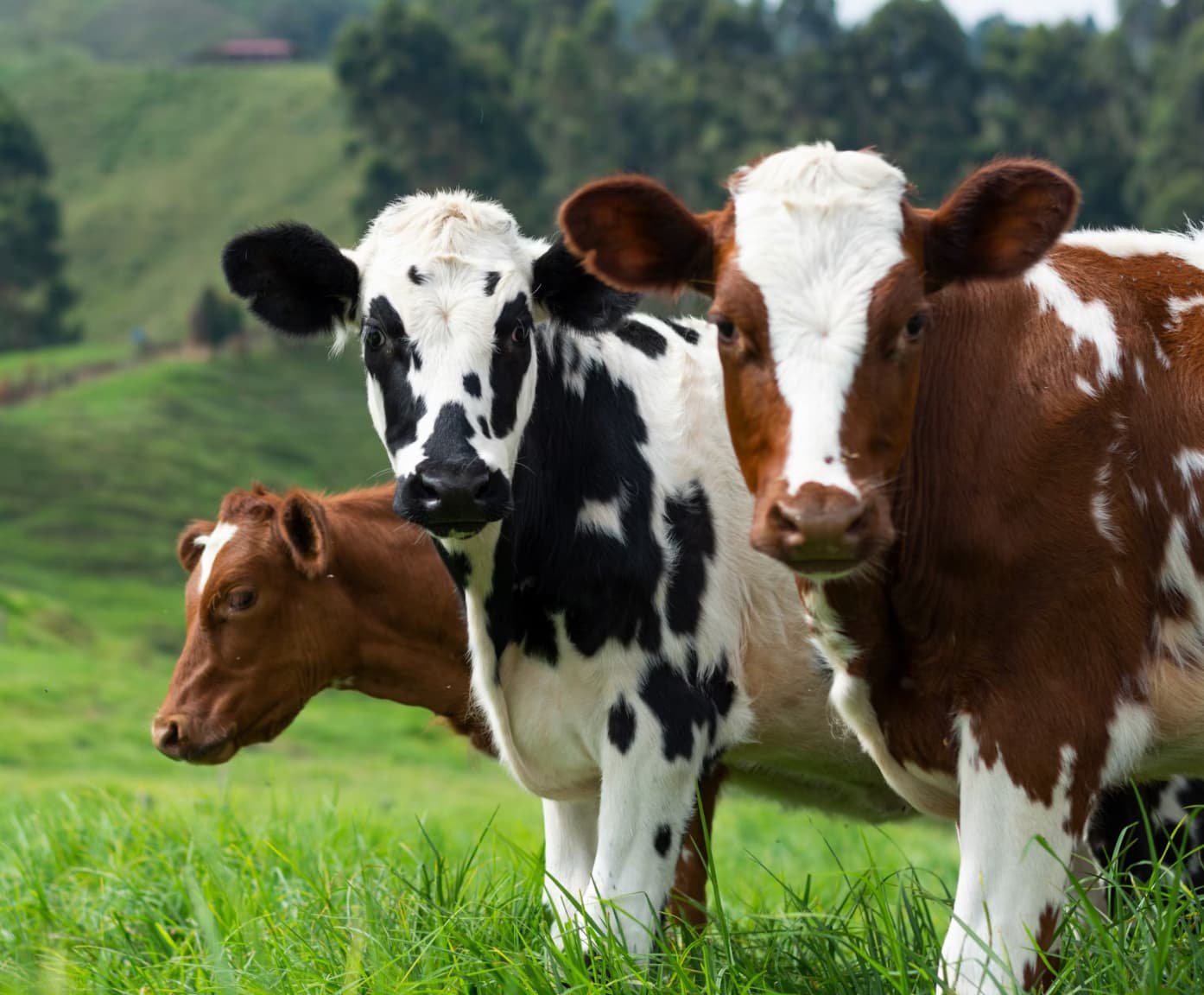TABLE OF CONTENTS
Rupture of Gastrocnemius Muscle in Animals
Rupture of the Gastrocnemius Muscle in Animals is a musculoskeletal injury characterized by the tearing or complete disruption of the gastrocnemius muscle, usually occurring in the hindlimbs of large animals like cows.
Rupture of the gastrocnemius muscle in cattle is often a secondary consequence of Zenker’s degeneration, a type of muscle degeneration characterized by hyaline changes in muscle fibers.
This condition usually follows intense struggling or repeated efforts to rise, particularly during cases of dystocia or milk fever.
Cows that are confined for long periods with minimal exercise are especially prone, as sudden, excessive muscular activity in these animals can lead to degeneration and eventual rupture.
Additionally, this condition is seen more frequently in areas with selenium deficiency, which predisposes muscles to degenerative changes and weakness.
Diagnosis
- By the inability to support weight on the affected leg.
- Flaccid gastrocnemius tendon, and
- Swelling due to edema and hemorrhage in the region of the gastrocnemius muscle.
Treatment
- Mild cases that can stand may recover in several weeks if they are confined and possibly a support such as a metal brace or Thomas splint provided.
- In most advanced cases slaughter is indicated.
- Possible prophylactic injections of selenium may be indicated in selenium deficient areas.

